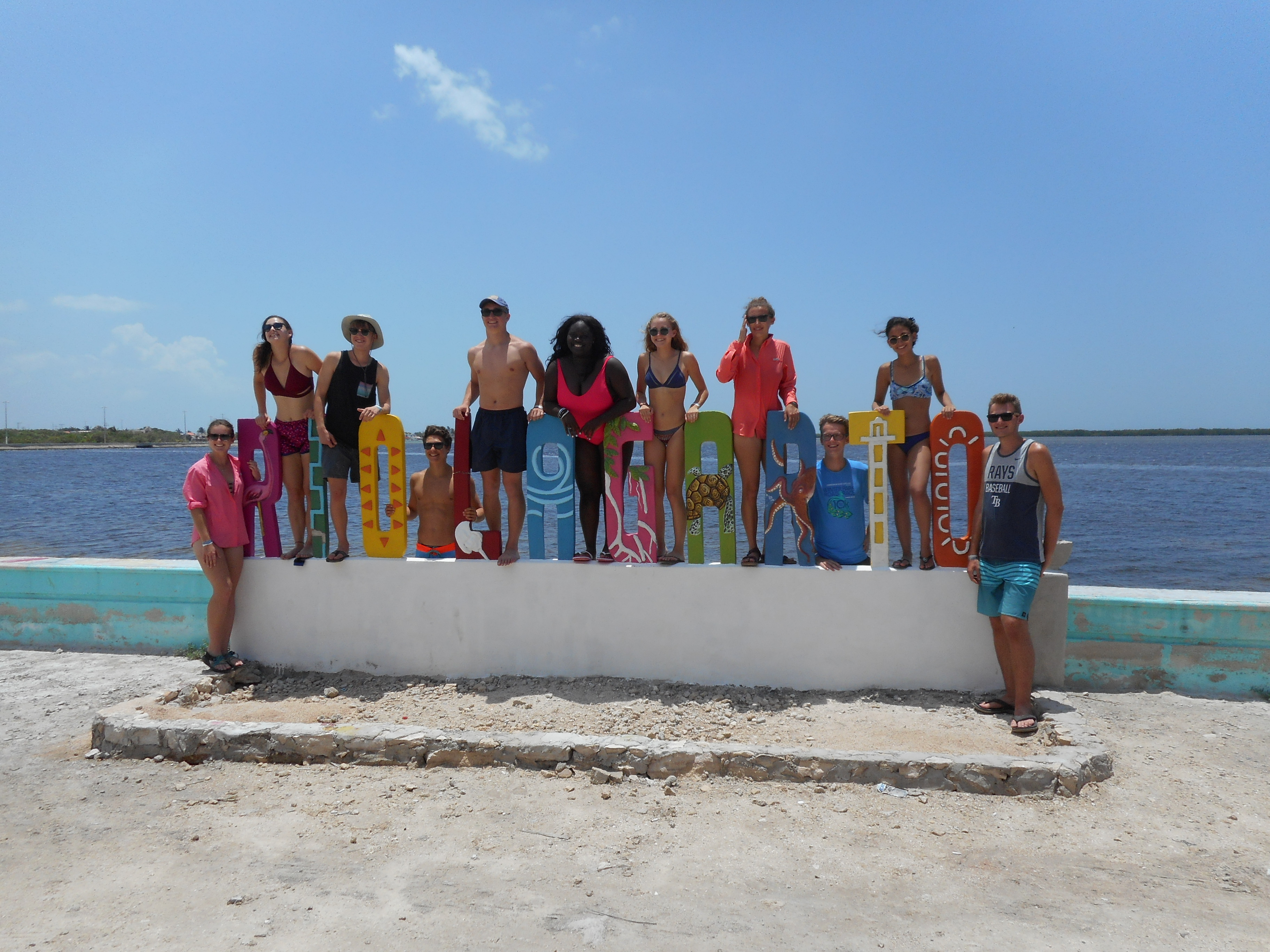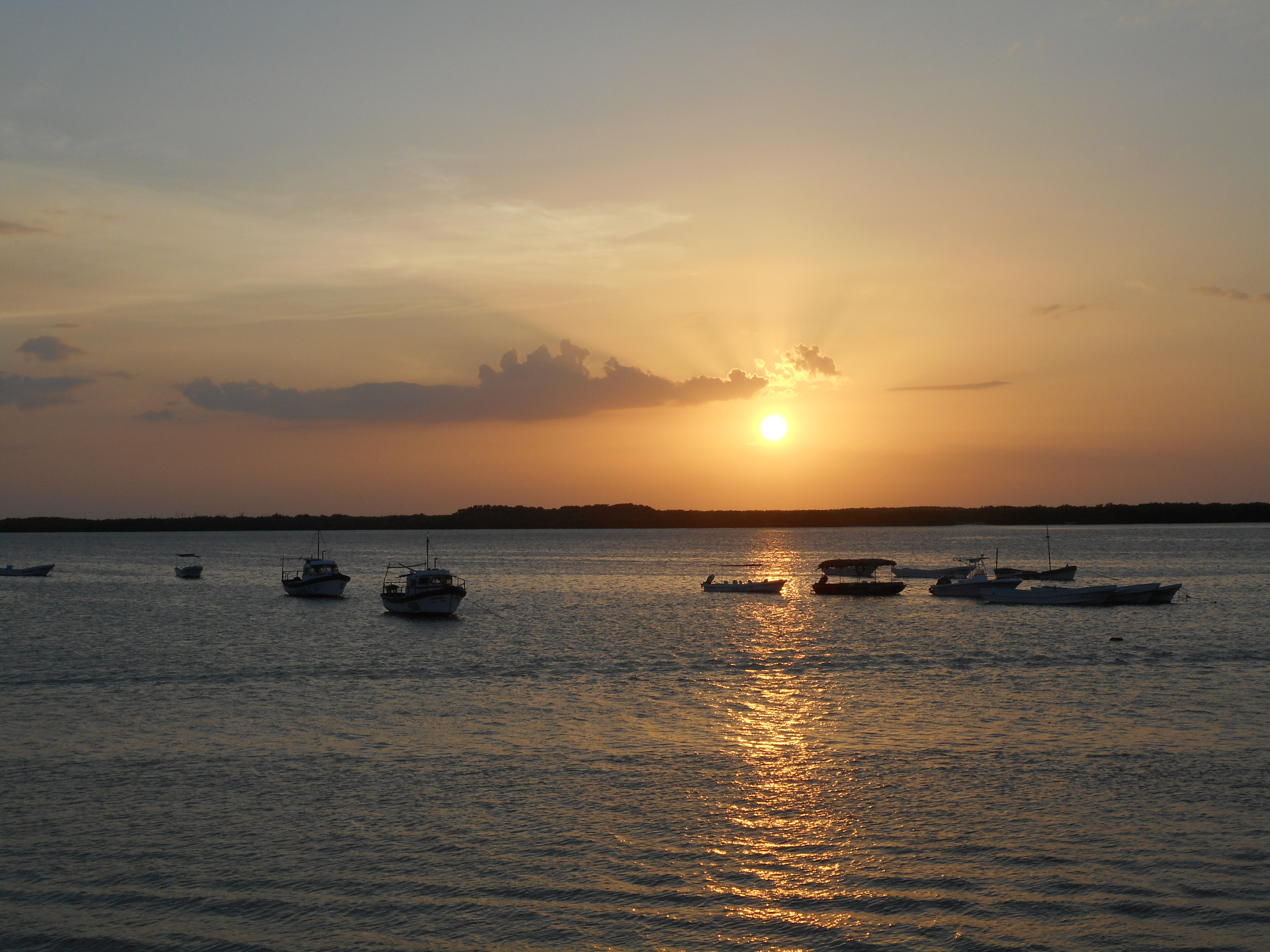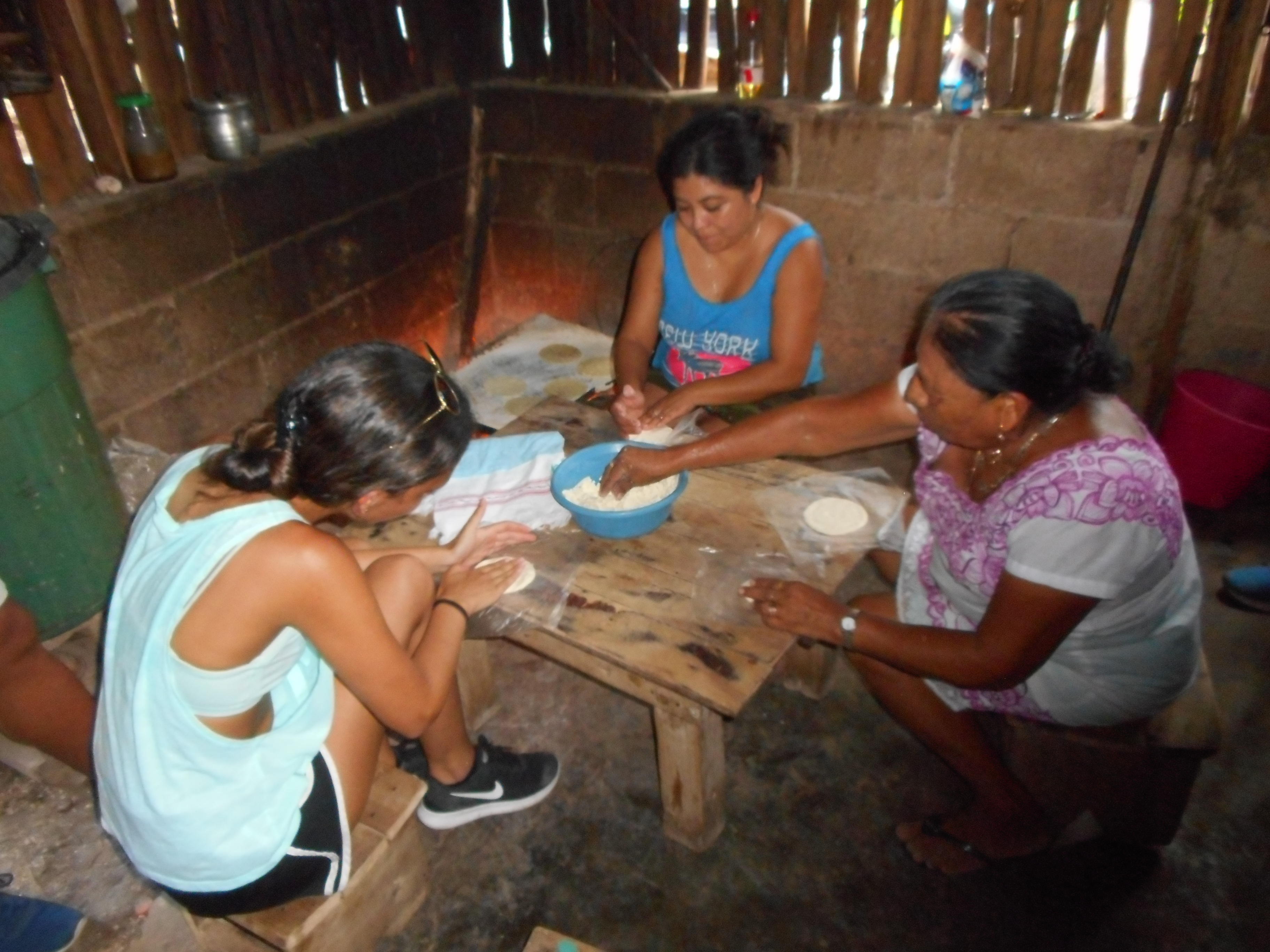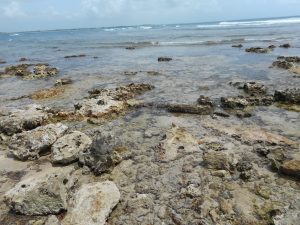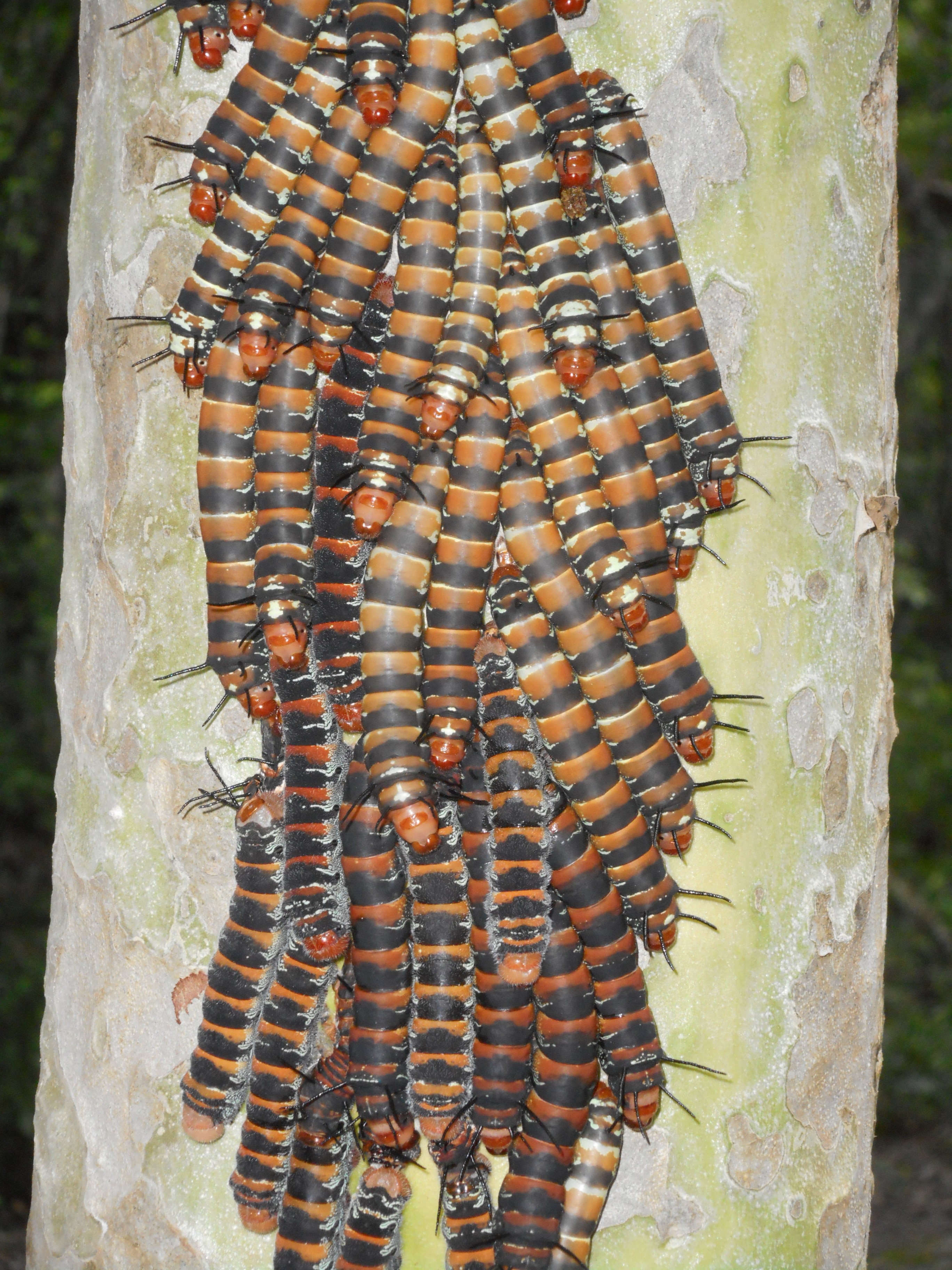It was a busy first week for students attending the UF in Merida (Yucatan, Mexico) Program. After arriving in Merida on the evening of June 17, students met on Monday (June 19) at the Centro Institucional de Lenguas, where they study Spanish.
On Wednesday, they headed for the town of Izamal, where they visited a technical university, interacted with local students, reaped the benefits of the culinary arts program, and encountered some of the gaily decorated horses and carriages in the main square (Photos 3-5).

On Friday, it was off to the organic farm of Dr. Juan Jimenez, where students learned about cultivating dragon fruit, a native climbing cactus that blooms for one night only. It is know locally by its Maya name, pitaya. The UF students also instructed a couple of students from the University of Yucatan on details of the “Gator Chomp”.



Then it was on to the town of Dzitya, where local artisans work with tropical hardwoods and local limestone. Although they use power tools today, they used to rely on more traditional tools to work wood, like the foot-operated lathe.
Next, it was off to the archaeological site of Dzibilchaltun, where the group visited the “Temple of the Seven Dolls” and saw some of the local fauna, such as the ubiquitous “black iguana.” Much as today, the ancient Maya “mined” the local rock to create their infrastructure, such as buildings and roads. As you look around Williamson Hall, note that so much of what you see ultimately came from the Earth (walls, windows, desks, light fixtures, tiles, bathroom sinks and toilets, etc.). Everyone was pleased to have the opportunity to take a dip in Cenote Xlakah, a sinkhole where the underlying aquifer is exposed.


The next day, it was off to the west coast, and the town of Celestun. Students toured the long coastal lagoon via boat, stopping at the “ruins” of an old village previously involved in salt production. Heavy rains made it necessary to wade along parts of the inundated old road. The lagoon is bounded by a barrier peninsula and rimmed by mangroves (4 species). The very productive coastal lagoon system is a source of aquatic resources (e.g. crabs) , and is home to a large population of flamingoes.

At Valdiocera Spring, which discharges into the lagoon, we had the good fortune to see a young tiger heron.






